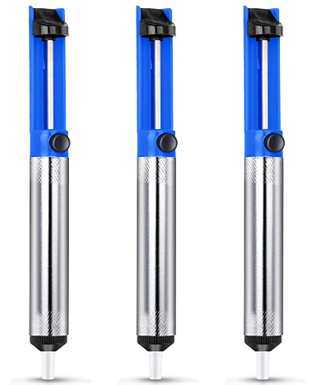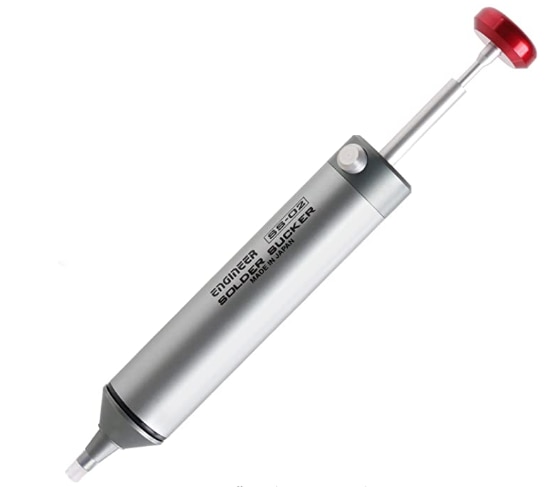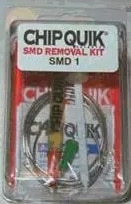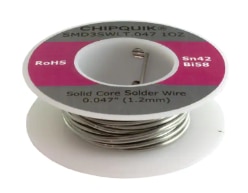I have a $5 solder sucker that is nothing fancy for desoldering through hole components. For occasional use it works well enough I suppose.

There appears to be a number of "fancier" solder suckers on the market like this made in japan model:

There are also some inexpensive vacuum desoldering tools, like:

I don't know if it is total junk or a diamond in the rough...


